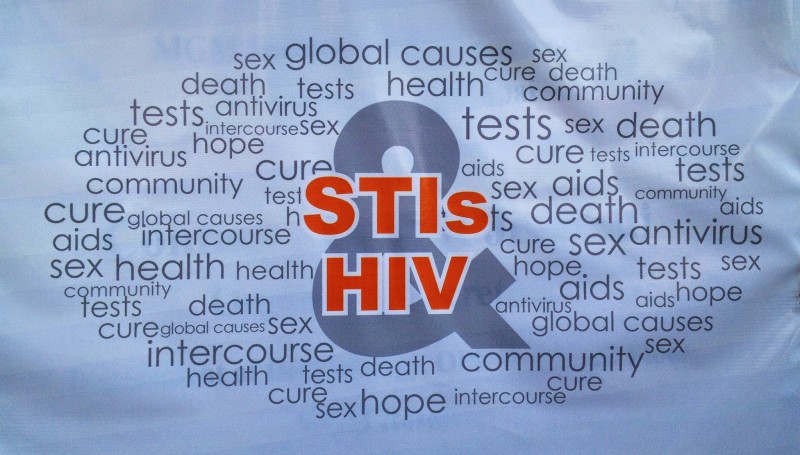Sexually transmitted infections (STIs) are a topic shrouded in myths and misunderstandings. Let's uncover the truth behind these misconceptions and promote accurate knowledge about STIs.
The Source of Misinformation
- Inaccurate Media Portrayals
- Sensationalist media often misrepresents STIs, fueling fear and stigma.
- Lack of Comprehensive Education
- Inadequate sexual education contributes to the spread of myths about STIs.
Myth 1: Only Promiscuous People Get STIs
- Breaking the Stigma
- STIs can affect anyone, regardless of their sexual activity level.
- Importance of Protection
- Emphasize the significance of safe sex practices in preventing STIs.
Myth 2: All STIs Have Visible Symptoms
- Hidden Dangers
- Many STIs show no visible symptoms, leading to silent transmission.
- Regular Testing
- Encourage regular STI testing to ensure early detection and treatment.
Myth 3: Contraception Prevents All STIs
- Misunderstanding of Contraceptives
- Contraceptives only protect against pregnancy, not STIs.
- Dual Protection
- Highlight the need for both contraception and barrier methods for STI prevention.
Myth 4: STIs Are a Punishment for Immoral Behavior
- Dispelling Shame
- STIs are infections, not moral judgments, and can affect anyone.
- Normalizing Conversations
- Promote open discussions to reduce stigma surrounding STIs.
Myth 5: You Can't Get STIs from Oral or Anal Sex
- Multiple Modes of Transmission
- STIs can be transmitted through various sexual activities, including oral and anal sex.
- Protection for All Activities
- Educate about the importance of protection during all forms of sexual contact.
Myth 6: STIs Are Always Curable
- Understanding Variability
- Some STIs are curable, while others are manageable but not curable.
- Managing Chronic STIs
- Discuss strategies for living with chronic STIs and maintaining overall health.
Myth 7: Home Remedies Are Effective Treatments
- Medical Expertise
- Highlight the importance of seeking professional medical treatment for STIs.
- Dangers of Delaying Treatment
- Explain the risks of relying on ineffective home remedies.
Myth 8: You Can Tell if Someone Has an STI by Their Appearance
- Judging a Book by Its Cover
- STIs don't have specific physical traits, making visual identification impossible.
- Promoting Regular Testing
- Emphasize the need to prioritize testing over assumptions.
Myth 9: Only Women Need to Worry About STIs
- Equal Vulnerability
- Both men and women are equally susceptible to STIs.
- Importance of Protection for All Genders
- Encourage safe sex practices for everyone to prevent STIs.
Myth 10: STIs Are Not a Serious Health Concern
- Long-Term Health Effects
- Many untreated STIs can lead to severe health complications.
- Early Detection and Treatment
- Stress the importance of addressing STIs promptly to prevent complications.
Dispelling the misconceptions surrounding STIs is essential for promoting informed decision-making and reducing stigma. By challenging these myths, we can create a more open and educated society about sexual health.
How is the leg numbness brought on by spinal stenosis treated?
12 Significant Health Facts You Were Never Informed Of
Your mental health may be improved by birds, know how?
